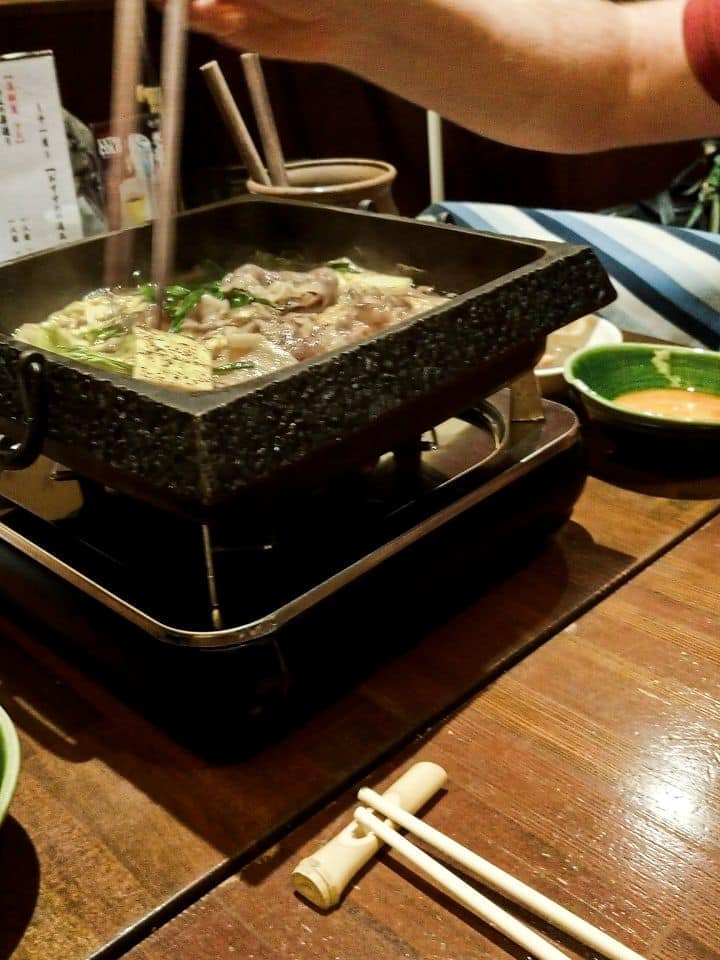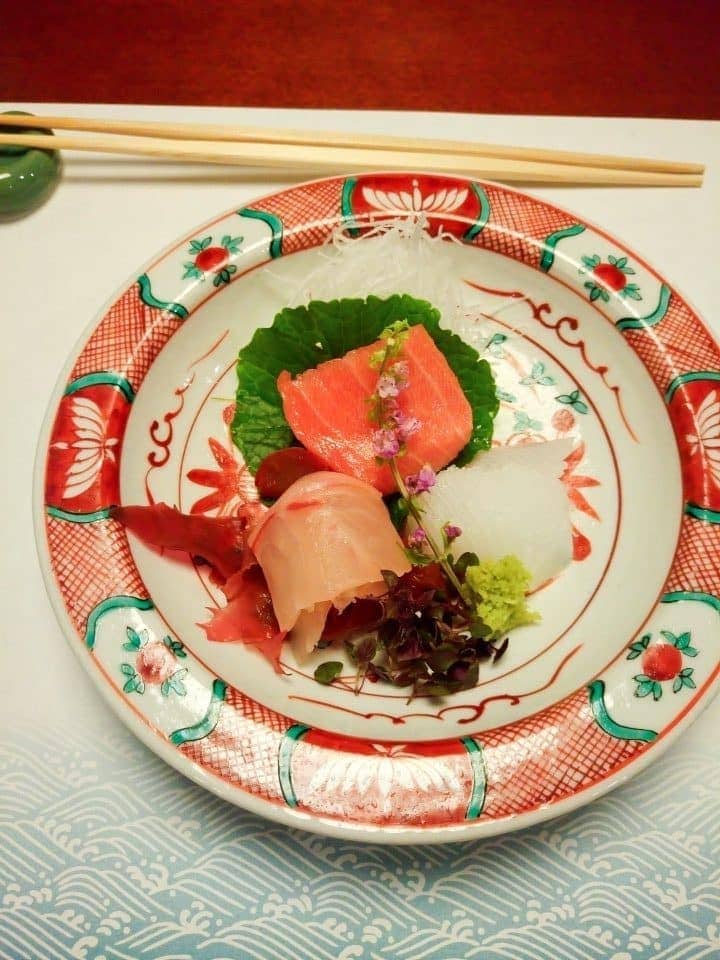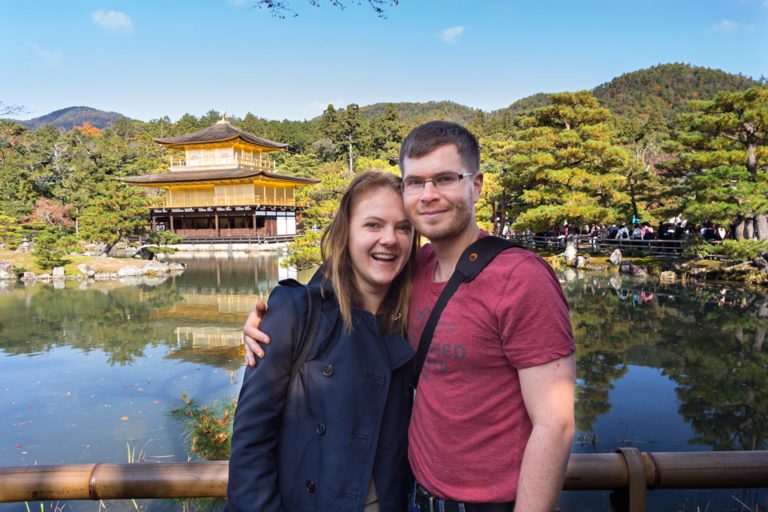Chopstick etiquette in Japan for beginners
Heading to Japan? Well, there’s something super important you should know before you dive into the amazing food there: how to use chopsticks properly. It’s not just about not looking awkward at the dinner table; it’s actually a big deal of chopstick etiquette in Japan.
In this guide, I’m going to share some essential of chopstick etiquette in Japan. It’s all about respecting the local customs and making sure you’re not accidentally offending anyone while you’re enjoying your sushi or ramen. Trust me, knowing these simple rules will make your meal go smoother and show that you care about the culture. Let’s make sure you’re all set for a great dining experience in Japan!

Are Chopsticks Japanese or Chinese?
Chopsticks originally come from China, where they have been used since as early as 1200 BCE. They later spread to other Asian regions, including Japan, where they were adopted and adapted to local customs.
Differences between Japanese and Chinese chopsticks
Chinese chopsticks are generally longer and have thicker, blunter ends. They’re typically made from bamboo, wood, or plastic. Chinese chopsticks are often designed to be durable and easy to handle, suitable for grabbing food from communal plates typical in Chinese dining.
Japanese chopsticks are shorter, with more pointed tips which make them ideal for picking up smaller pieces of food, such as individual rice grains or pieces of fish, which is common in Japanese cuisine.
They are often made of wood or bamboo and may feature intricate designs and a lacquer finish, reflecting the aesthetic value placed on dinnerware in Japanese culture.
Why do Japanese use chopsticks?
Chopsticks are deeply ingrained in Japanese culture and have been a part of the dining scene since they were introduced from China around the 7th century. They’re particularly suited for Japanese cuisine, which often features small and delicate dishes like sushi and sashimi. Using chopsticks allows diners to pick up these tiny portions neatly, without the need to touch the food with their hands, maintaining cleanliness and dining etiquette in Japan.
In Japan, eating with chopsticks isn’t just about functionality; it’s also about adhering to cultural norms and showing respect. Plus, chopsticks aren’t just for eating—they’re used in cooking and serving too, which shows just how versatile they are.
How to use Japanese chopsticks?
To use Japanese chopsticks, hold one chopstick steady with your ring finger and thumb, and manipulate the other with your index and middle fingers, much like using a pencil. Practice picking up food with a gentle pinching motion, ensuring the tips meet to grasp items securely. It’s best to practice with larger items first and gradually move to smaller ones as you become more skilled.
Here is a nice video describing how to use chopsticks as beginners.
How to say Chopsticks in Japanese?
“Chopsticks” in Japanese is pronounced as “hashi” (箸).
Chopstick Etiquette in Japan
Whether you’re a visitor to Japan or simply enjoying Japanese cuisine elsewhere, knowing Japanese chopstick etiquette can enhance your dining experience and show respect for the culture. Here are eight key don’ts to help you navigate chopstick etiquette in Japan:
#1 Do not point with chopsticks
It’s as insulting as pointing a finger at a person in Western countries.
Chopsticks should only be held when you plan to use them for eating, otherwise, you can be pretty sure that you’re breaking the chopstick etiquette rules.
#2 Put your chopsticks on the chopstick rest when you don’t use them
When you’re not using your chopsticks, put them on the chopstick rest.
There is usually a small chopstick holder provided where you should place them when not in use. The rest will not be provided if the chopsticks are disposable – in this case, just fold the paper wrapping they came into a kind of little table.
#3 Do not use your chopsticks as a toy
Don’t use them as drum sticks by tapping them on the sides of plates or glasses. It is considered very rude and childish.
There is an old suspicion that tapping against bowls attracts evil spirits, so definitely don’t tap your chopsticks when eating in Japan.
#4 Do not stick chopsticks upright in rice (or any other food, for that matter)
Sticking chopsticks in a bowl of rice is a funeral tradition in Japan. So, if you do it in a restaurant, it will be seen as a great lack of respect.
On the same note, don’t use one chopstick to eat your food – that is, don’t stick your chopstick in food like you would a fork. That is called tsuki-bashi and is considered very rude.

#5 Do not pass food with chopsticks
Sometimes (ok, very often) the food in Japan is just so good that you want to share it with someone else in your company to try – and you might want to give it straight from your chopsticks to theirs.
But passing food between chopsticks is considered very taboo when eating, as the bones of the deceased are passed this way during funeral rituals.
If you’d like to share your food with others, just put it directly on a plate and pass the plate to them.
#6 If taking food from another person’s plate, use the other end of chopsticks
On that note, if you’d like to take some food from your travel partner’s plate, don’t use the thin end of the chopsticks that you use for eating normally, but the other one.
Sharing food in Japan is ok, just don’t share saliva.
This is not a strong taboo, but you’ll definitely receive some appreciating looks!
#7 Do not rub chopsticks together
If the restaurant provides disposable chopsticks that need to be broken apart, you might get an inkling to rub them together to get rid of any splinters. Don’t do it, though!
Rubbing chopsticks together is another kind of food taboo in Japan.
It will be insulting to the staff, as it’s a sign that you think the chopsticks are cheap and low quality.
#8 Do not cross your chopsticks
In China, crossed chopsticks (when they are put in an X position) represent death itself.
It’s not really associated with death in Japan, but still reminds people of funeral ceremonies.






